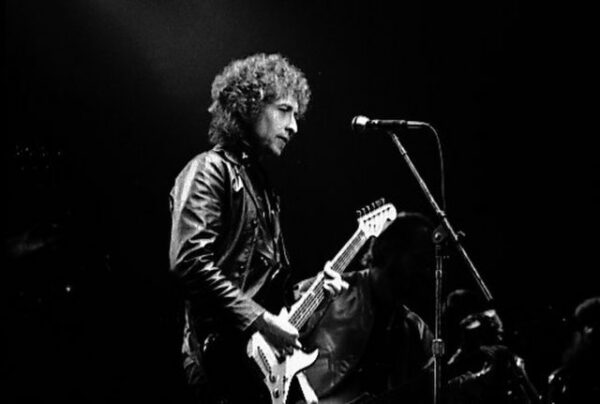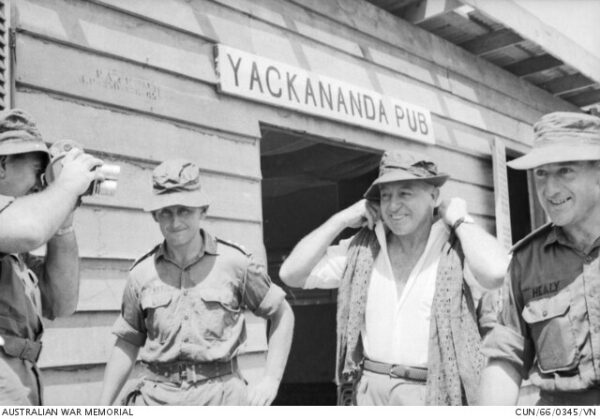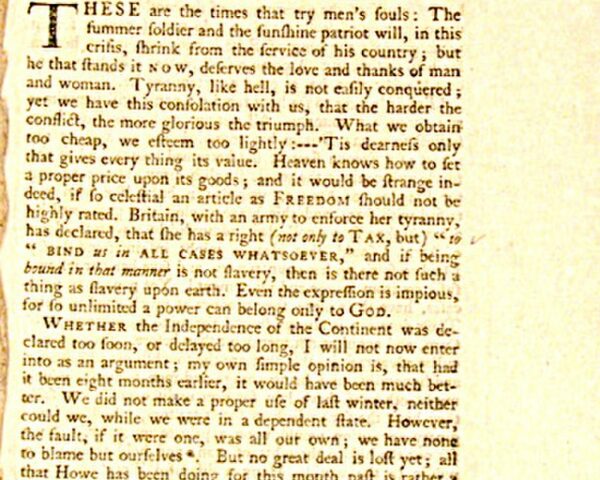The world of music witnessed a seismic shift on July 25, 1965, when Bob Dylan “went electric” at the Newport Folk Festival. This momentous event not only marked a turning point in Dylan’s career but also had profound implications for the music industry as a whole. By blending traditional folk with the electrifying energy of rock and roll, Dylan challenged conventions and opened new avenues for artistic expression.






